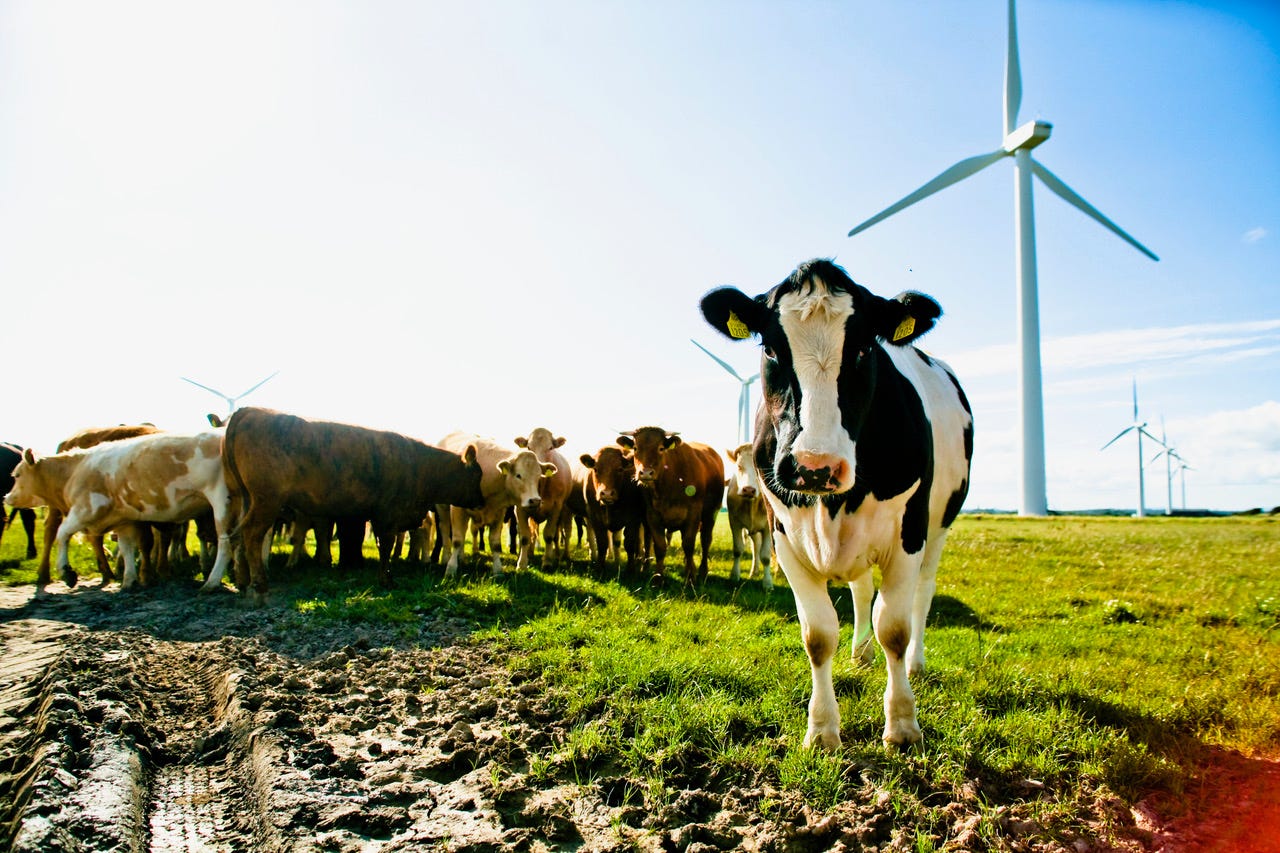Got Milk?
“I take a vitamin every day—it's called a steak.” – Jim Harbaugh
Prior to the widespread proliferation of the steam engine, mining for coal was back-breaking work. The industry relied on human and animal strength, with laborers using primitive tools, to extract the stuff from hand-dug mineshafts. The work was as dangerous as it was dirty, and fatalities were commonplace. Then, a revolution unfolded. A step-change improvement to existing steam engine design, engineered by James Watt, allowed miners to leverage machinery such as pumps, hoists, and ventilation systems to alleviate significant portions of direct human effort. Pumps that used Watt’s engines were particularly effective at draining water from deep mineshafts, making vast and previously inaccessible coal reserves economically viable. The genius of his invention was in delivering far more work per quanta of fuel.
What did these advances in energy efficiency do to the demand for coal? Did society limit itself to doing the same amount of work as it had done before, just more economically so? Quite the contrary. Coal-powered steam engines made mining for coal easier, making coal more widely available, which increased the demand for steam engines to do ever more work across multiple industries, which further increased the demand for coal, ultimately resulting in what’s known today as the industrial revolution. Watt’s efficiency breakthroughs catalyzed a singularity in energy demand.
In his 1865 book The Coal Question, economist William Stanley Jevons highlighted this phenomenon and theorized that it was a more general one. Wherever inventions facilitated the more efficient use of a resource, an increase in demand for that resource inevitably followed. If true, the so-called Jevons Paradox—or Rebound Effect, as it is known among modern academicians—dictates that energy efficiency improvements cannot be counted on to meaningfully reduce global carbon emissions. An entire field of academic research is dedicated to debating this question, and an editorial introducing a special series of eight research papers in Frontiers of Energy Research frames the current state of thinking on the subject (emphasis added throughout):
“The rebound effect (RE) is an umbrella term for a range of mechanisms that undermine the expected energy savings from improved energy efficiency. Since the seminal work of Stanley Jevons (‘The Coal Question’), the ‘problem’ of the rebound effect has repeatedly appeared in energy policy debates, challenging the consensus that improved energy efficiency will reduce energy use and carbon emissions and mitigate resource depletion. Most authors view energy efficiency as essential for reconciling economic growth with environmental sustainability, and consider rebound effects to be modest in size and easily addressed. However, there has always been a vocal minority who argue that rebound effects frequently exceed 100% and can potentially eliminate all of the energy savings from improved energy efficiency (‘Jevons' Paradox’).”
To refer to Jevons’ observations as a paradox is to misunderstand the fundamental axiom of humanity: energy is life. Disorder is spontaneous, and thus your standard of living is defined by your ability to impose order on your local environment. Further, because it requires a constant flow of energy to beat back the forces of entropy, it follows that your standard of living is a proxy for how much energy you get to consume.
On balance, all humans everywhere want a higher standard of living, a fact that allows us to extend Jevons’ thinking from the field of energy efficiency to that of energy conservation and formulate Doomberg’s Postulate™: “Every molecule of fossil fuel produced worldwide will be burned by somebody somewhere, and local efforts to restrict consumption merely relocate the enjoyment of that privilege.”
So armed, ponder the deep unseriousness currently on display in Ireland where news broke last week that the country is considering doing its best impression of the Netherlands:
“Irish farmers are rebelling against a proposal to cull tens of thousands of cattle a year to help Ireland meet its climate change targets. The Irish government wants to reduce emissions from farming by a quarter by 2030. Media reports last week suggested that one option being considered was to reduce the national dairy herd by 10 per cent – meaning a cull of 65,000 cows a year for three years, at a cost of €200 million (£170 million) annually.
One Irish politician described the plan as ‘absolute madness’ and there are warnings that some farmers will refuse, and others will leave the sector, if an order is introduced. The Irish government says that no final policy decision has been taken and that any cull would be voluntary as part of a ‘retirement exit scheme’ for farmers.”
A look at the data proves that this is absolute madness, indeed. Let’s give the proposal some much-needed context.



